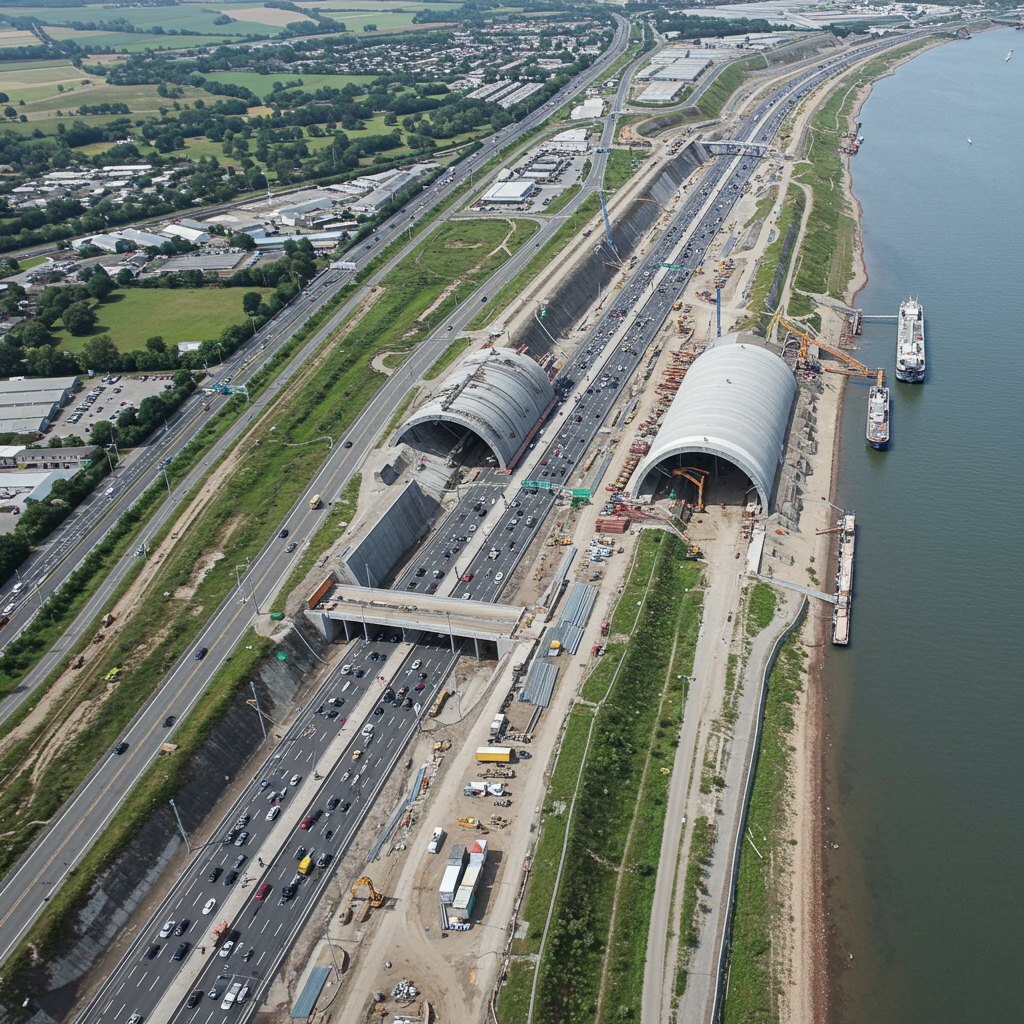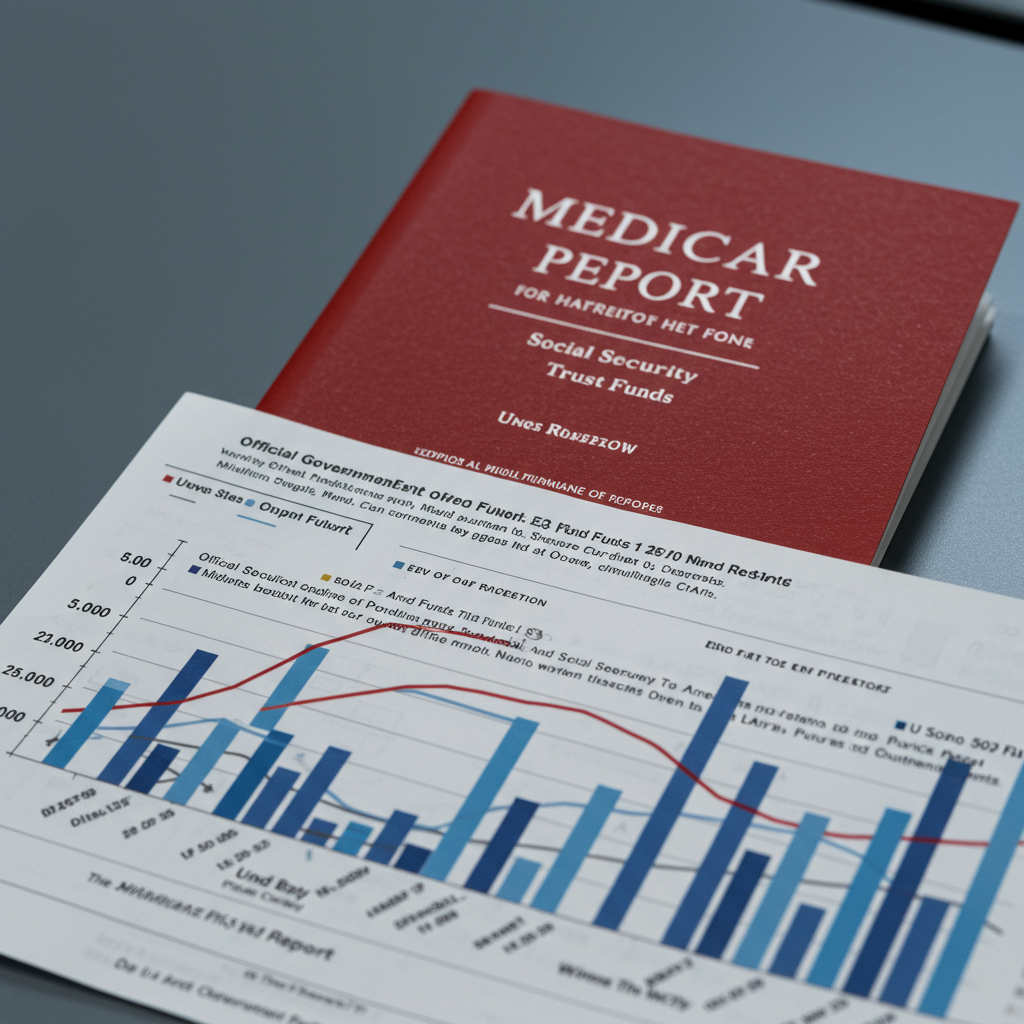Major Funding Awarded for UK’s Largest Road Tunnel
The ambitious Lower Thames Crossing, set to become the UK’s largest road tunnel, has received a significant financial injection with the government awarding £590 million towards its development. This substantial grant is part of a broader £1 billion package aimed at enhancing transport infrastructure across England, signalling a renewed focus on national connectivity.
Linking Tilbury in Essex with Gravesend in Kent, the proposed crossing is designed to create a vital new route beneath the River Thames. While this initial funding is substantial, the project’s estimated total cost is considerably higher, projected to be around £10 billion. National Highways, the body overseeing the development, estimates the final cost could range between £9.2 billion and £10.2 billion, depending on the eventual funding model, as the government seeks to source private finance alongside public investment.
A Long Road to Approval
The journey to this funding milestone has been lengthy and complex. Plans for the 14.5-mile (23km) route were finally approved in March after a protracted 16-year process that has already incurred costs of £1.2 billion in planning and development alone.
Supporters argue the Lower Thames Crossing is a critical piece of national infrastructure. Transport Secretary Heidi Alexander highlighted its importance for improving the resilience of a key freight route and its role as being “critical to our long-term trade with Europe.” Chancellor Rachel Reeves echoed this, stating the crossing would facilitate the “smoother, less congested passage of vital goods from Europe to our regions,” while also supporting jobs and connecting communities. National Highways anticipates the new route could help reduce traffic at the existing Dartford Crossing by 20%, alleviating notorious congestion.
Project Details and Timeline
The scheme involves constructing northbound and southbound tunnels running side-by-side beneath the Thames, with approximately 2.6 miles (4.2km) of the route being underground. The new road is planned to connect the A2 and M2 motorways in Kent with the A13 and M25 in Thurrock, east of Tilbury and Gravesend.
Construction is currently anticipated to commence in 2026, with the crossing expected to be open to traffic by 2032.
Mixed Reactions and Scrutiny
The funding announcement has been welcomed by industry bodies like Logistics UK, which represents the transport and logistics sector. Policy director Kevin Green described the funding as a positive step “after a decade of holdups at this vital interchange,” stressing that efficient logistics are essential for the government’s growth agenda. However, Logistics UK also urged the government to quickly provide clarity on the plan for securing the full funding required to complete the project.
Despite the official backing, the project continues to face significant criticism. Campaign groups, such as Transport Action Network, have voiced strong opposition. Director Chris Todd previously labelled the decision “absolute madness,” describing the project as a “white elephant” and raising concerns about the potential impact on ancient woodland along the route. He also suggested that funding such a large scheme might necessitate diverting resources from other regions of the UK.
Adding to the project’s public profile, Treasury minister Emma Reynolds faced scrutiny during a national radio interview on LBC with Nick Ferrari. She struggled to provide precise details about the project’s location (“can’t recall the exact landing zones”) and cost (“several billion pounds” instead of £10bn) and even misnamed the existing Dartford Crossing as the “Dartmouth tunnel,” highlighting the complexity and scale of the project under public examination.
Despite the challenges and criticisms, the government has branded the Lower Thames Crossing a “national priority,” signalling its commitment to delivering this major infrastructure project.



